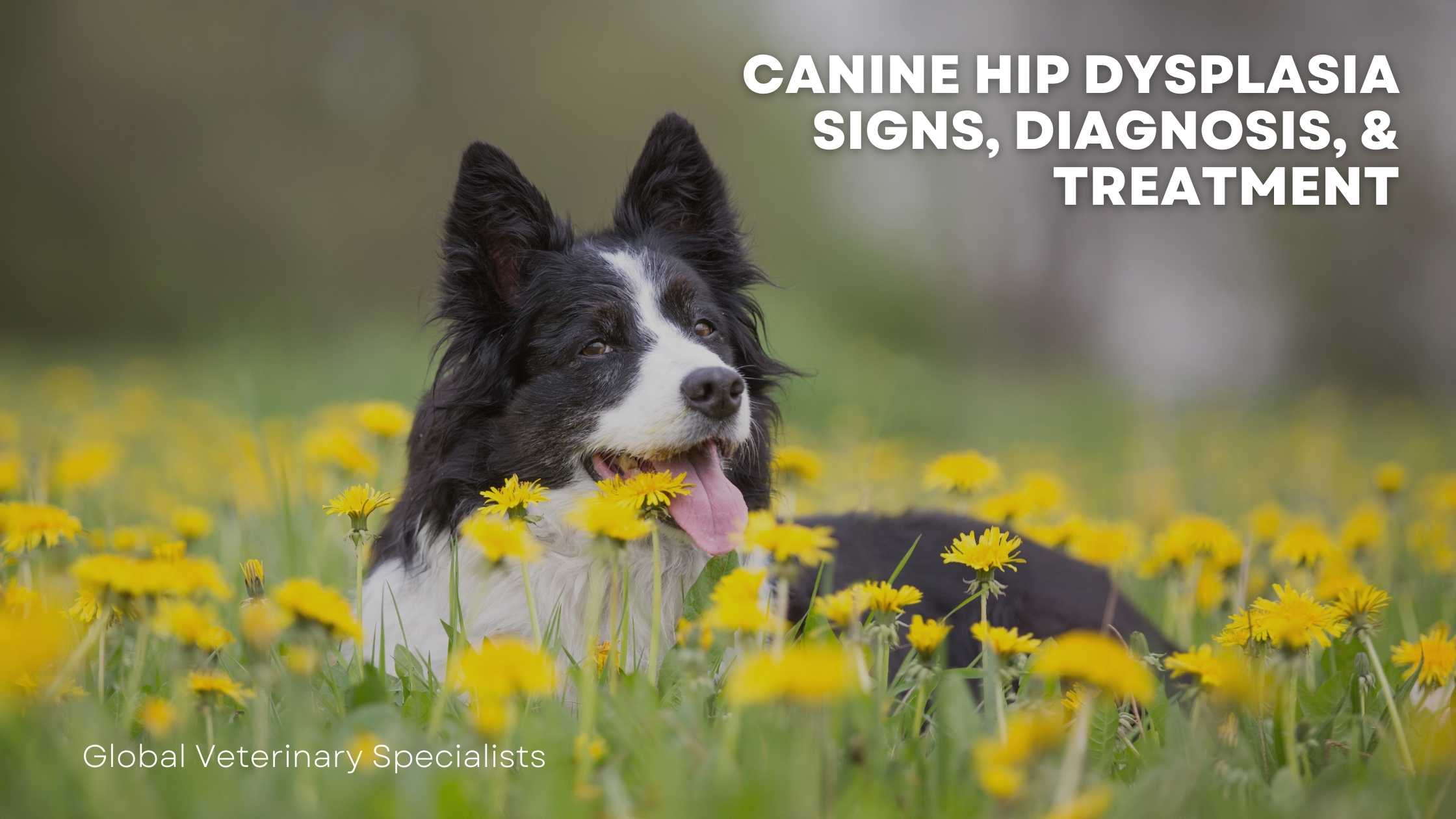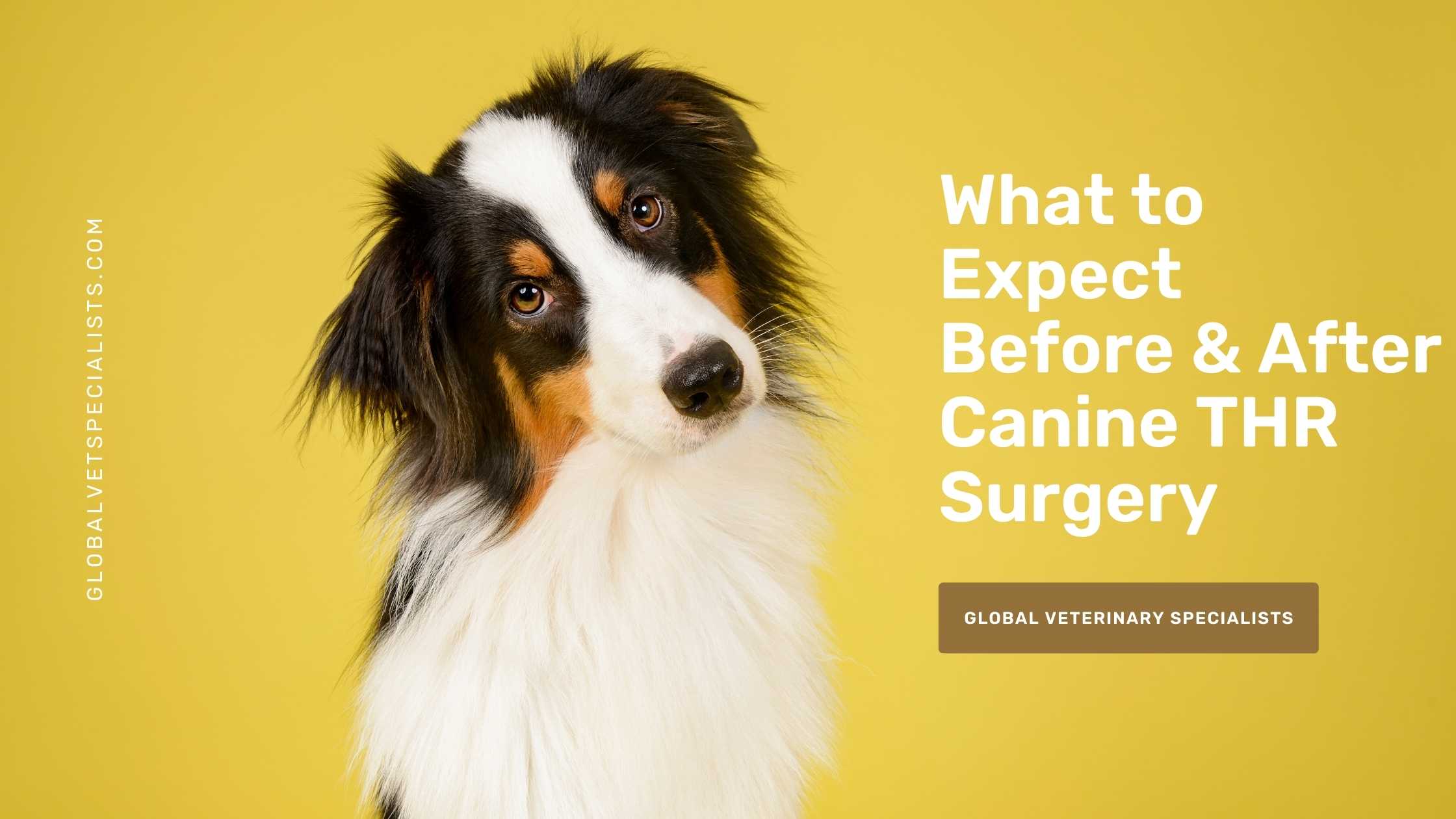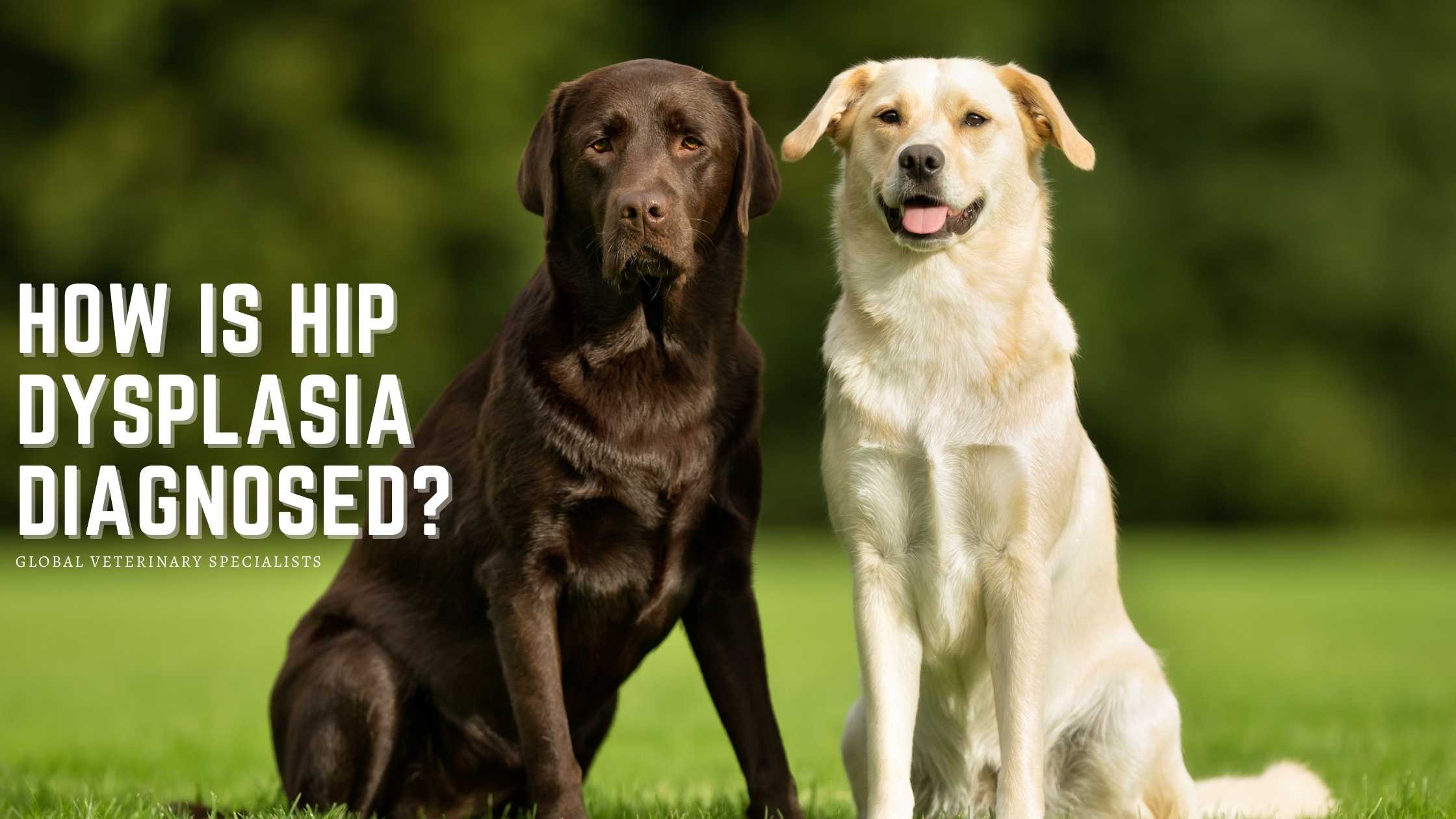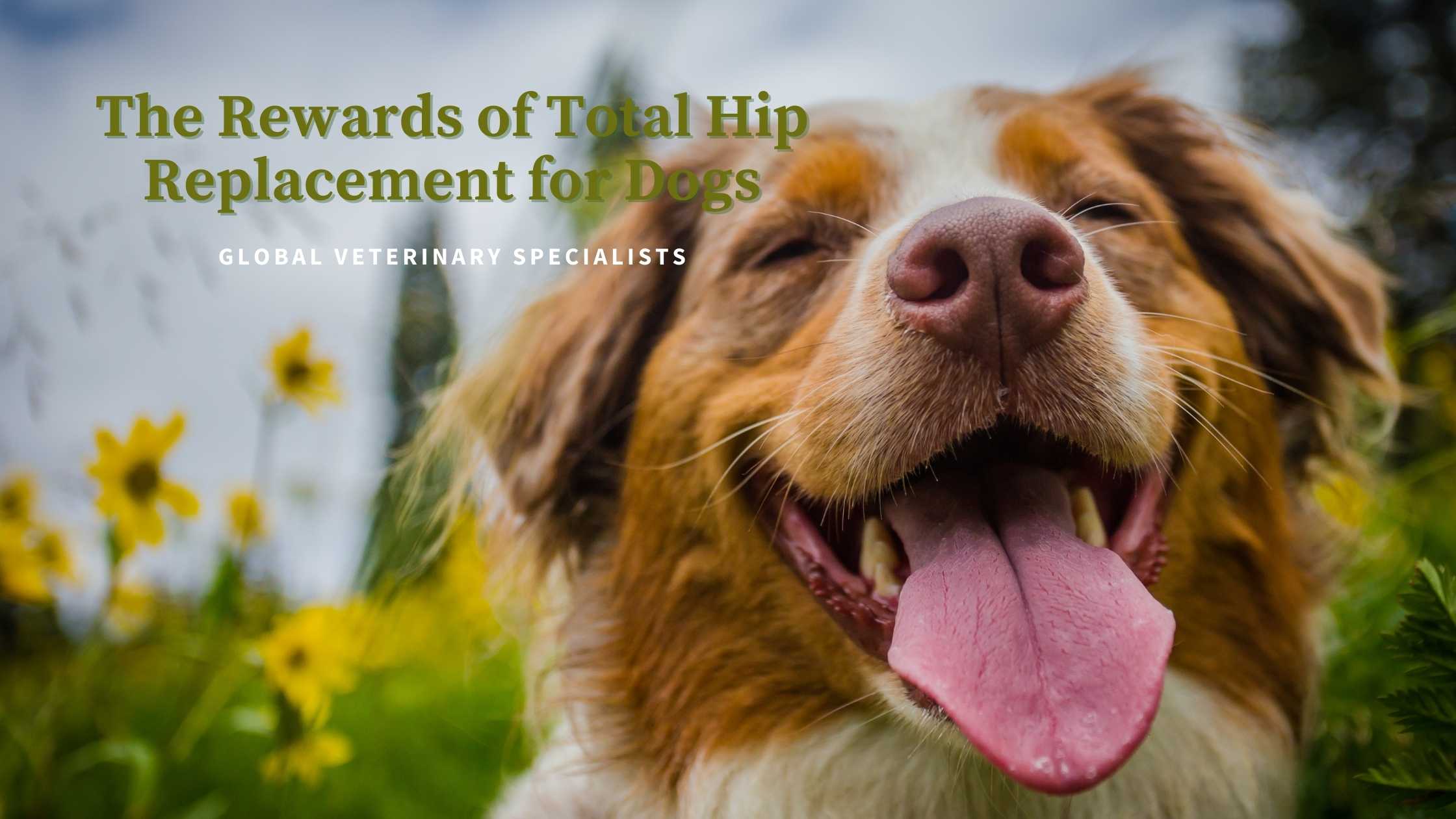Hip dysplasia (HD) is abnormal joint laxity (looseness) of the hip joint. Hip dysplasia is a common cause of hind limb lameness. At the beginning of this disease, most dogs and cats may not typically show signs of pain; but keep an eye out for anything unusual as this can cause deterioration of their joints...
Category: Treatment Options
Canine Hip Dysplasia Signs, Diagnosis, & Treatment
With the arrival of spring, you may be taking more adventures with your dog, which also highlights the importance of looking for signs of canine hip dysplasia. This condition is characterized by an abnormal laxity of the hip joint in which the ball and socket do not fit properly, causing them to rub together. That...
What to Expect Before & After Canine THR Surgery
The objective of canine total hip replacement (THR) is to establish a pain-free joint with normal biomechanical function in medium, large, and giant breed dogs. When highly qualified surgeons perform this procedure, all potential risks are minimized, ensuring your pet’s complete recovery. To determine if your pet is a suitable candidate for total hip replacement, please discuss...
Ask the Veterinary Surgeon: What is Secondary Osteoarthritis?
Osteoarthritis (OA), also referred to as Degenerative Joint Disease (DJD), is defined as the progressive deterioration of the cartilage surrounding the joints. The American College of Veterinary Surgeons characterizes it as a loss of joint cartilage, thickening of the joint capsule, and the development of bone spurs (osteophytes). That can result in inflammation, discomfort, and decreased...
Will My Pet Need a Total Hip Replacement?
Treatment for hip dysplasia depends on the condition’s severity and your pet’s overall health. Typically, conservative treatment options such as pain management and exercise modifications are attempted before a board-certified veterinary surgeon will recommend a total hip replacement (THR), particularly for dogs and cats with mild HD whose symptoms have not progressed to the extent they...
What is a Board-Certified Veterinary Surgeon?
Treating moderate to severe hip dysplasia – a painful condition characterized by abnormal joint laxity of the hip joint – surgically is best managed by a board-certified veterinary surgeon like Global Veterinary Specialists founder Dr. William Liska. A board-certified veterinary surgeon has completed additional years of training, successfully meeting the American College of Veterinary Surgeons (ACVS) specific...
Treatment Options for Canine Hip Dysplasia
There are several treatment options for canine hip dysplasia, both non-surgical and surgical, depending on the condition’s severity and your dog’s health. Conservative medical management and surgery, with total hip replacement (THR) providing the most effective relief, are two standard treatment options. Combining these options with exercise restrictions, physical therapy, and other lifestyle modifications are often...
An Overview of Canine Hip Replacement
The most common indications for canine total hip replacement surgery include but are not limited to hip dysplasia, secondary arthritis, hip luxation, femoral head/neck fractures, and avascular necrosis of the femoral head (Legg-Perthes disease). THR is commonly performed once skeletal maturity has been reached, although, under some circumstances, it may be performed before this time. While THR...
How is Hip Dysplasia Diagnosed?
Hip dysplasia (HD) is a condition that results from the abnormal development of the hip joint in which the ball does not fit snugly into the socket. It can affect both cats and dogs of any size or breed. A comprehensive examination must be completed to rule out other causes of hind lameness or conditions...
The Rewards of Total Hip Replacement for Dogs
The most common reason for performing a total hip replacement for dogs is to alleviate pain and restore motion in companion animals that have been diagnosed with severe degenerative joint disease secondary to hip dysplasia. Additional indications for this surgery include: Coxofemoral luxation that is not amendable to either closed or open reduction Capital epiphyseal and femoral neck...









